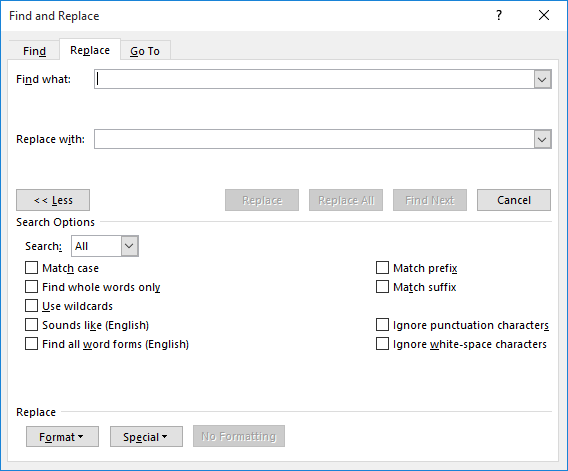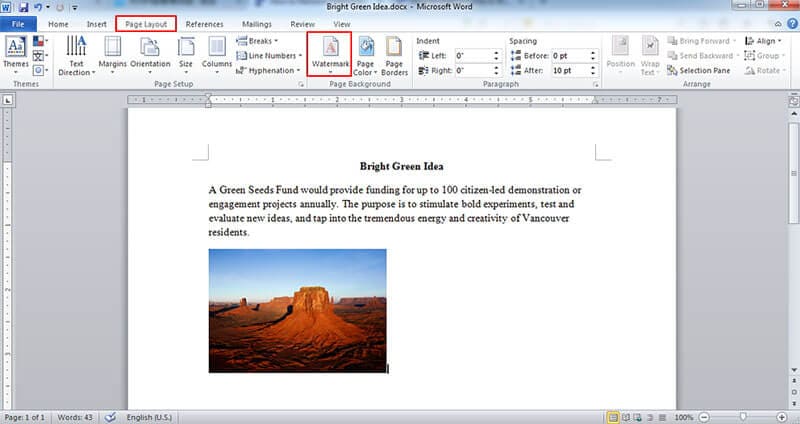

Type the text you want into your endnote field, noting that you can change the paragraph style, size and font as with any text, although it’s common for the endnote font to be smaller than the main document font. Choose your options (see next section) and when you press Insert, a number will appear in your text, and an endnote number will appear right at the end of your document (or chapter), ready for your endnote text. Place the cursor in the position where you want the endnote to appear and either press the Insert Endnote button (as above) or click on the drop down arrow for your options (I find that sometimes the Endnote numbering defaults to something odd, so it’s useful to do this: The Endnote section is found in the References tab of the ribbon ( not Insert): How do I create an endnote in Word 2007 and Word 2010? You can see here that the endnote number is on the first page (circled) but the endnote itself appears at the end of the whole document: These tend to be done by hand rather than automatically in the way I’m going to show you today. Sometimes endnotes don’t have a number in the text, but just refer in their own text to a section of the main document. However, endnotes for an entire book might be numbered either starting at 1 for each new chapter or running sequentially through the whole book, running into the hundreds. The text of the endnote will be marked with the same number, and will include all of the text that you want to appear outside the main text.Įndnotes at the end of a chapter will usually start at 1 for each new chapter. 1 The reason for this is that a whole set of endnotes might appear at the end of a chapter or book, and there aren’t enough symbols to cover more than about five.

Unlike footnotes, which can use symbols or numbers, an endnote will usually be marked using a raised number after the bit of text that they refer to, like this. The text of endnotes sits at the end of the chapter, article or even the whole book in which the footnote is referenced. The text of footnotes sits at the bottom of the page on which the footnote is referenced. The only difference between footnotes and endnotes lies in their position. The reasons for doing this are the same as for using footnotes (to provide translations, to expand on information in the text, to provide references for sources used, etc.) What is the difference between footnotes and endnotes?

Select the X to close the Footnote and Endnote dialog box.Writers use endnotes to find a place for additional text which doesn’t fit into the flow of the document at hand but needs to be included for reference purposes. Select the option you want from the Convert Notes dialog box:Ħ. Select the Convert button in the Footnote and Endnote dialog box.Ĥ. Select the References tab in the Ribbon.Ģ. Select the Footnote and Endnote dialog box launcher in the Footnotes group.ģ. Right click on the individual note and select Convert to Endnote or Convert to Footnote from the shortcut menu.Ĭonvert All Footnotes to Endnotes (or Convert All Endnotes to Footnotes)ġ. Or, select the Next Footnote down arrow and choose an option from the drop-down menu: Next Footnote, Previous Footnote, Next Endnote, or Previous Endnote.ħ. Select Next Footnote repeatedly until you arrive at the note you want to convert. (You won’t see this dialog box if your document has only footnotes or only endnotes.)Ħ. Select View footnote area or View Endnote area from the Show Notes dialog box. Select Show Notes in the Footnotes group.Ĥ. Select the References tab in the Ribbon.ģ. If your document is short, you can scroll directly to the note you want to convert and skip to Step 5.Ģ.
HOW DO I REMOVE ALL ENDNOTES IN WORD 2016 HOW TO
Shortcut Alert: Step 2 through Step 6 explain how to move to individual notes. Ensure that your document is in Print Layout view. Convert Individual Footnotes to Endnotes (or Convert Individual Endnotes to Footnotes)ġ.


 0 kommentar(er)
0 kommentar(er)
